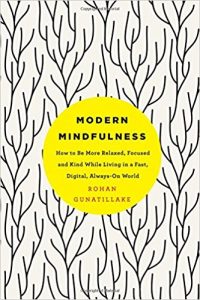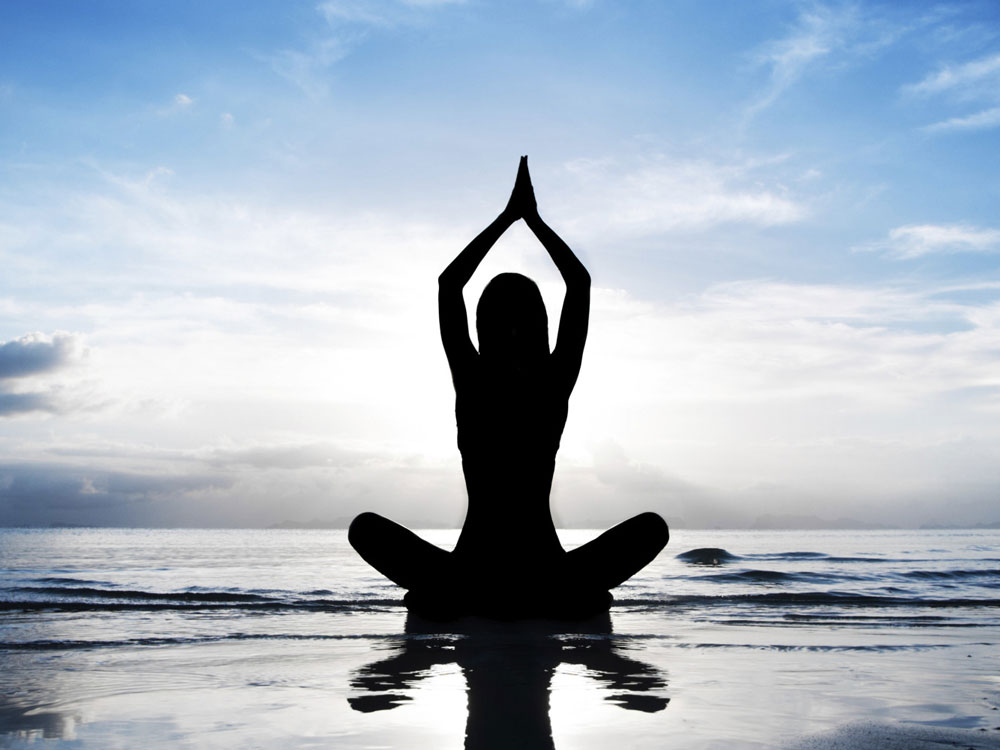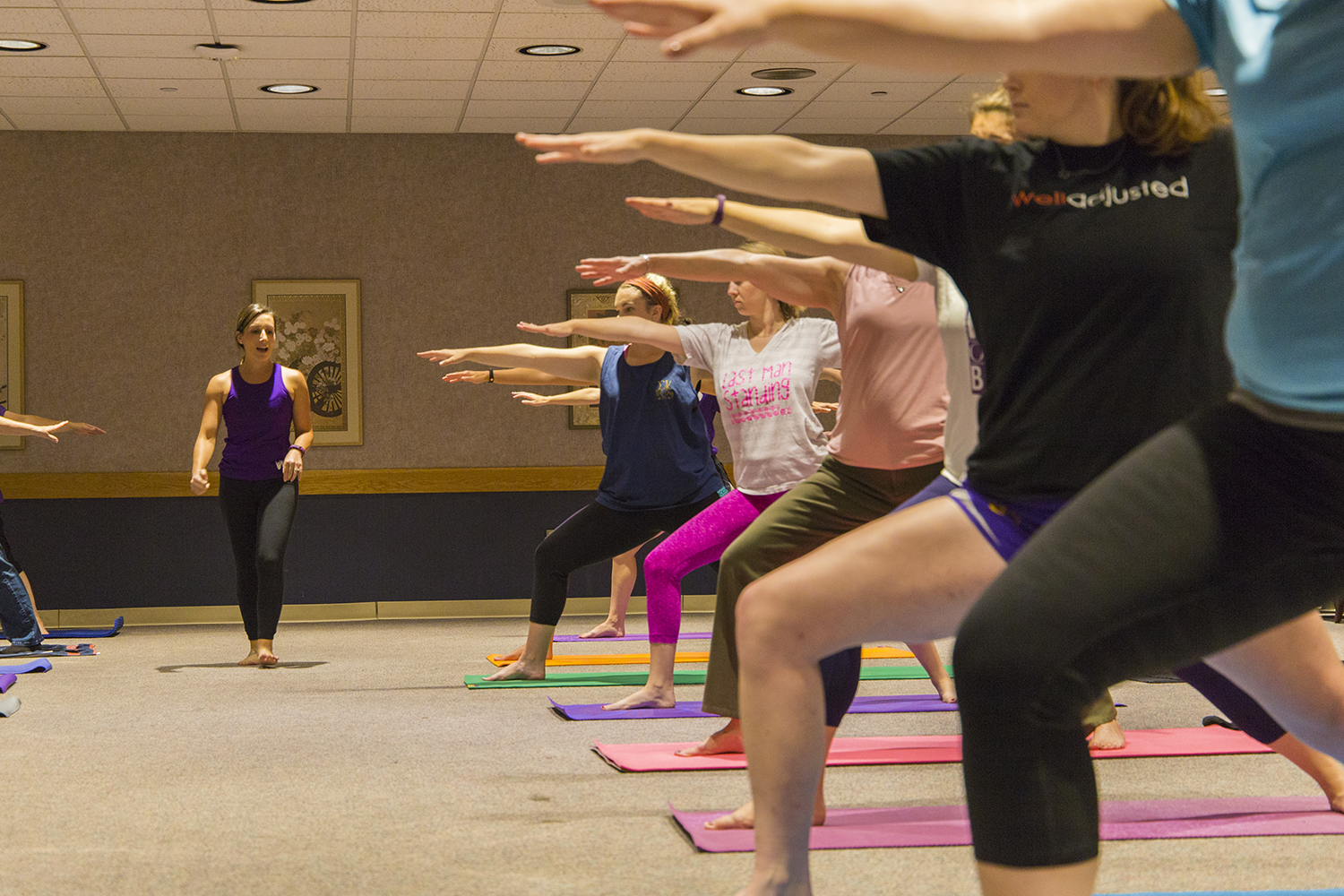You’ve heard all about the health benefits of practicing mindfulness: It can help reduce stress and may even aid weight loss.
But how are you ever supposed to squeeze it in? The key is to quit thinking of it as a chore, says Rohan Gunatillake, author of Modern Mindfulness and creator of the app Buddhify. Approach it in a fun way that fits your lifestyle, he says. Follow these how-tos to get calmer fast.
Step 1: Pick a go-to move
You don’t have to escape to a quiet room, says Gunatillake. Practice a core meditation technique that you can apply anywhere, anytime.
Observe your body: Ask yourself, “What physical awareness can I pick up on?” “Think about your feet on the ground, your hand on your coffee cup,” suggests Gunatillake.
Focus on one thing: Choose an object or sound and keep your attention on it for a few minutes. If you get distracted, pull yourself back to it.
Show compassion: Mentally send someone kind vibes. “It makes you less caught up in your own drama,” says Gunatillake.
Step 2: Use tech wisely
It may sound counterintuitive to channel calm with a gadget. But these apps and computer hacks act as digital coaches to help you decompress.
Try a guided app: Top-rated smartphone programs like Headspace (free on iTunes and Google Play; memberships start at $12.95 a month) and Whil (free on iTunes and Google Play) offer short guided practices.
Turn up the tunes: Dial back stress with a mindful-music playlist, like spiritual author Eckhart Tolle’s “Music to Quiet the Mind” (free on Spotify).
Find zen on the web: Visit donothingfor2minutes.com, which displays an ocean landscape, plays audio of waves crashing, and instructs you to relax for a full two minutes. If you touch your mouse or press your keyboard, the timer resets.
Step 3: Make it physical
These exercises help you reduce your bodily response to stress and in turn ease your mind, says Emily Fletcher, founder of Ziva Meditation.
Walk it off: Go for a quick walk or run outdoors, suggests Gunatillake. “Seeing the sky and having a wider perspective can make stress feel less intense.” he says. “And the physicality of it can be super grounding.”
Stretch out: Sit on one hand and drop your head to the opposite shoulder. “This stretches your trapezius muscle, where most of us store stress,” says Fletcher. Repeat on the other side.
Breathe deeply: “I call this the OMFG technique for when you’re having a freakout,” says Fletcher. Make your exhalations twice as long as your inhalations for three to four minutes; slowing your breath calms your nervous system, she explains.
From: Health




